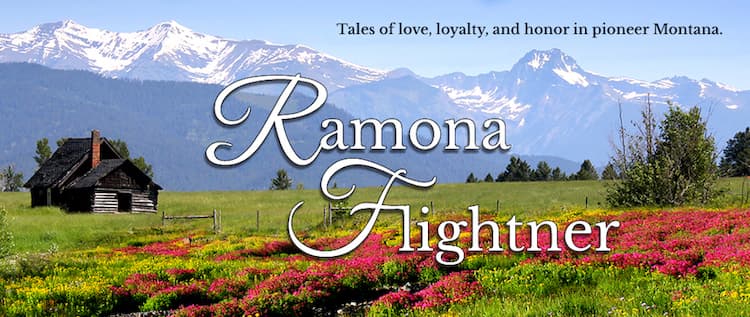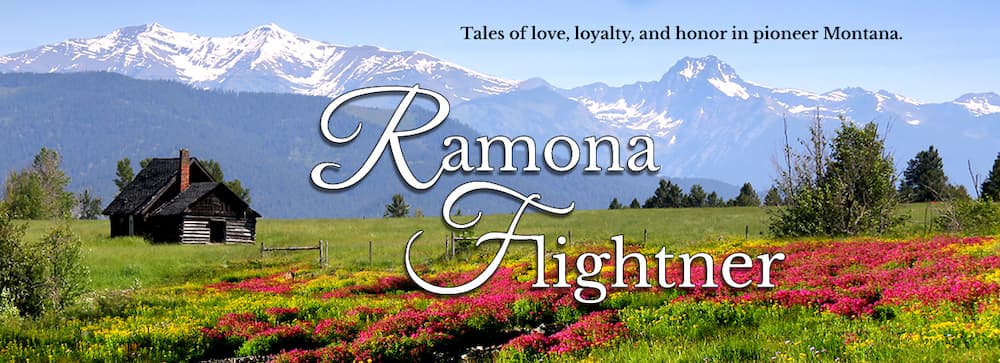At heart, I know I am a conservationist. I am happiest when I am in a forest with no one else nearby. At the same time, I love old neighborhoods where I can envision what life was like a hundred years ago. I close my eyes and I hear the clip-clop of horse’s hooves, the clicking of women’s shoes and the rustle of their long skirts as they stroll by me. I think my love of wild spaces and old places are two sides of the same coin.
On Sunday, I decided to go on a short ramble through parts of Boston. I walked around Beacon Hill, strolled through Louisburg Square and then down to Charles Street. As I walked along Charles Street, I envisioned Clarissa, the main character in my novels, taking the same walk. I studied the architecture, noting buildings and architectural details that would have been present in 1900. I tried to imagine what it looked like then with carriages and delivery carts vying for the right of way.
I turned onto Cambridge Street (across from Massachusetts General Hospital (MGH) and the Liberty Hotel), again wishing that what I was seeing was not truly across the street from me. To my right were the old brick buildings on the edge of Beacon Hill. To my left were the recently constructed, concrete monoliths standing on what had been the vibrant West End. Instead of an interesting, ethnic neighborhood, I saw a sterile area devoid of any charm.
When I look at old pictures of Boston, Beacon Hill seems to flow seamlessly into the West End. There is no easy demarcation of one neighborhood from the other.
Today, it is easy to see where one ends and the other begins. The charming streets with gaslights, brick buildings, and old wrought iron gates of Beacon Hill end abruptly on the southern side of Cambridge Street.

One of the remaining buildings on Blossom Street that Clarissa would have walked past
In my attempt to understand what the West End was like, I have to find “old-timers” who remember the neighborhood before it was destroyed in the late 1950’s. I speak with my neighbors and enjoy listening to their stories about the West End and what a wonderful place it was. I have visited the West End Museum. And yet, nothing will ever be able to recapture what was lost.
As I continued my amble, I turned left onto Blossom Street because Clarissa taught at a school that no longer stands on that street. There are two brick buildings, now part of MGH, that appear to be from the time Clarissa would have taught. One was hidden behind scaffolding so I took a picture of the other one. I continued to wander through the neighborhood at noon on a Sunday. The streets were eerily quiet, although I realized that there were no stoops for neighbors to sit on. No easy way to form a cohesive sense of community. Only high-rise apartment buildings interspersed amongst the hospital buildings.
- Soon I was near North Station and the Boston Garden. I glanced toward the buildings around the Garden, and I did not have to close my eyes to envision what it had been. The new building formed a bland palette that allowed itself to be easily ignored and superimposed by my memory of a photograph of the glorious North Union Station.
I know that many will argue that cities must change with the times, that older buildings are impractical and would cost too much to bring up to modern standards.
However, when I look around the Boston skyline, it’s not the new, soulless glass monoliths rising into the sky that draw my attention.
It’s buildings like the Customs House or the Ames Building. It’s neighborhoods like Beacon Hill, the North End, the Back Bay and the South End that draw the tourists and give Boston its charm. Each neighborhood has its own distinct, rich history.
I hope we have learned that once a building, or neighborhood, has been torn down, there is no way to replace what we have lost. And what we have lost might be more precious than we could ever have imagined.
Which would you prefer to walk past today?

















